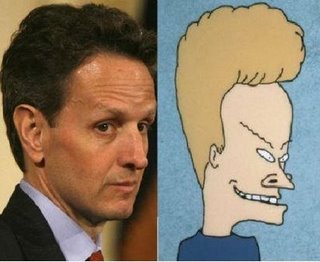Quantitative easing is back. For those of you who still aren’t familiar with what quantitative easing is, I have provided a link to this short, funny cartoon, which explains everything.
The first two phases of quantitative easing brought enormous gains to the stock market. In fact, that was probably all they accomplished. Nevertheless, if there had been no QE or QE 2, most people’s 401(k) plans would be worth only a fraction of what they are worth today. The idea was that the “wealth effect” provided by an inflated stock market would both enable and encourage people to buy houses, new cars and other “big ticket” items – thus bringing demand back to the economy. Since the American economy is 70 percent consumer-driven, demand is the engine that creates new jobs.
It took a while for most of us to understand quantitative easing’s impact on the stock market. After the Fed began its program to buy $600 billion in mortgage-backed securities in November of 2008, some suspicious trading patterns began to emerge. I voiced my own “conspiracy theory” back on December 18, 2008:
I have a pet theory concerning the almost-daily spate of “late-day rallies” in the equities markets. I’ve discussed it with some knowledgeable investors. I suspect that some of the bailout money squandered by Treasury Secretary Paulson has found its way into the hands of some miscreants who are using this money to manipulate the stock markets. I have a hunch that their plan is to run up stock prices at the end of the day before those numbers have a chance to settle back down to the level where the market would normally have them. The inflated “closing price” for the day is then perceived as the market value of the stock. This plan would be an effort to con investors into believing that the market has pulled out of its slump. Eventually the victims would find themselves hosed once again at the next “market correction”.
Felix Salmon eventually provided this critique of the obsession with closing levels and – beyond that – the performance of a stock on one particular day:
Or, most invidiously, the idea that the most interesting and important time period when looking at the stock market is one day. The single most reported statistic with regard to the stock market is where it closed, today, compared to where it closed yesterday. It’s an utterly random and pointless number, but because the media treats it with such reverence, the public inevitably gets the impression that it matters.
In March of 2009, those suspicious “late day rallies” returned and by August of that year, the process was explained as the “POMO effect” in a paper by Precision Capital Management entitled, “A Grand Unified Theory of Market Manipulation”.
By the time QE 2 actually started on November 12, 2010 – most investors were familiar with how the game would be played: The New York Fed would conduct POMO auctions, wherein it would purchase Treasury securities – worth billions of dollars – on an almost-daily basis. After the auctions, the Primary Dealers would take the sales proceeds to their proprietary trading desks, where the funds would be leveraged and used to purchase stocks. Thanks to QE 2, the stock market enjoyed another nice run.
This time around, QE 3 will involve the purchase of mortgage-backed securities, as did QE 1. Unfortunately, the New York Fed’s new POMO schedule is not nearly as informative as it was during QE1 and QE 2, when we were provided with a list of the dates and times when the POMO auctions would take place. Back then, the FRBNY made it relatively easy to anticipate when you might see some of those good-old, late-day rallies. The new POMO schedule simply informs us that “(t)he Desk plans to purchase $23 billion in additional agency MBS through the end of September.” We are also advised that with respect to the September 14 – October 11 time frame, “(t)he Desk plans to purchase approximately $37 billion in its reinvestment purchase operations over the noted monthly period.”
It is pretty obvious that the New York Fed does not want the “little people” partaking in the windfalls enjoyed by the prop traders for the Primary Dealers as was the case during QE 1 and QE 2. This probably explains the choice of language used at the top of the website’s POMO schedule page:
In order to ensure the transparency of its agency mortgage-backed securities (MBS) transactions, the Open Market Trading Desk (the Desk) at the New York Fed will publish historical operational results, including information on the transaction prices in individual operations, at the end of each monthly period shown in the table below.
In other words, the New York Fed’s idea of transparency does not involve disclosure of the scheduling of its agency MBS transactions before they occur. That information is none of your damned business!
